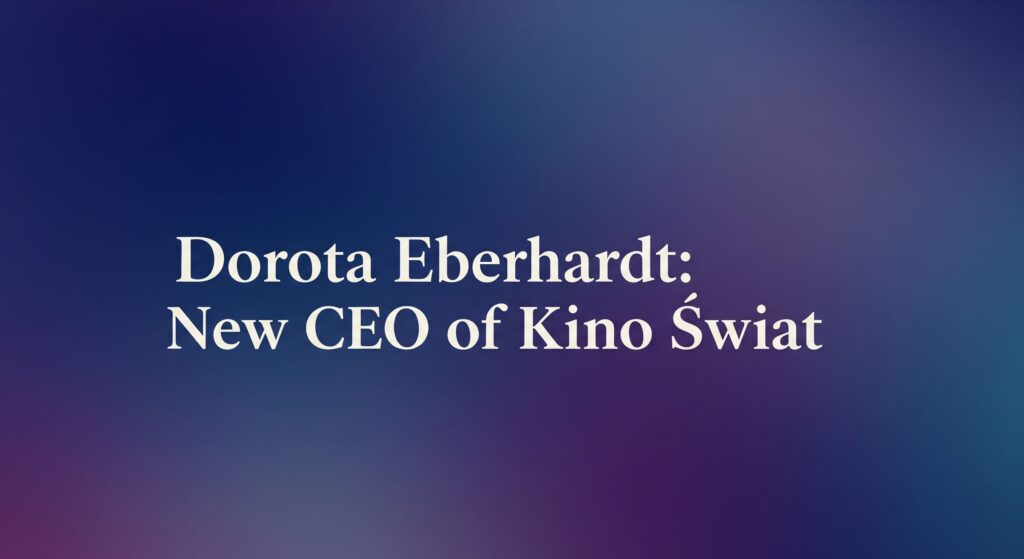Reuniting for a Unique Cinematic Experience
After a two-decade hiatus, Marion Cotillard joins forces once again with director Lucile Hadžihalilović for the film The Ice Tower. This intriguing narrative draws inspiration from both the timeless tales of Hans Christian Andersen and Hadžihalilović’s own formative experiences.
Premiere at Berlin Film Festival
Set in the 1970s, the film makes its debut in competition at the Berlin Film Festival. It tells the story of a young orphan who becomes entranced by a film star, who is in the midst of filming an adaptation of Andersen’s The Snow Queen. This obsession soon turns into a mutual fascination.
Fairy Tales and Cinematic Escapes
“All my films are fairy tales,” Hadžihalilović shares. “I prefer not to anchor my stories in everyday reality or contemporary settings; the storybook format allows for a natural flow of poetry and escapism.”
Cotillard’s Complex Role
Cotillard portrays the enigmatic film star—a character described by the director as “a cold, cold woman.” After their collaboration on Innocence in 2004, Hadžihalilović sought to challenge Cotillard with a role that explores unfamiliar emotional depths.
Exploring Fear and Timelessness
“[Marion] can evoke a tremendous amount of fear,” the filmmaker notes. “Yet, I rarely see her in such roles. She possesses a blend of sensuality and distance, merging modern acting with a timeless presence that resonates with the cinema I adore.”
A Love Letter to Cinephilia
The Ice Tower is a celebration of cinephilia. While not a direct self-portrait, Hadžihalilović intentionally set this visually rich coming-of-age tale during her own adolescence.
The Mystique of the 1970s
“The world held a sense of mystery in the 1970s,” Hadžihalilović reflects. “Without the internet, and with no television or print media depicted in the film, we could truly appreciate the allure and power of actors and images.”
Emotional Discovery Through Cinema
“The film captures that intense emotional moment of discovery,” she adds. “It’s that feeling of being a teenager at the cinema, surrounded by strangers. In this case, the young girl experiences that magic not in a theater, but on a film set, which is even more enchanting.”
Meticulous Craftsmanship in Filmmaking
To achieve this vision, Hadžihalilović and cinematographer Jonathan Ricquebourg aimed for a mise-en-scène that meticulously aestheticizes artifice. Unlike typical portrayals of filmmaking, the film’s ethereal quality extends to the soundstage corridors and sets under construction.
Inspired by Classic Cinema
“We drew inspiration from Victor Erice’s The Spirit of the Beehive, which transforms reality through a child’s perspective,” the director explains. “We aimed to embellish and stylize the narrative, experiencing this world through the young girl’s eyes, making the ordinary feel enchanted.”
A Familiar Face in a New Role
Observant viewers may spot a well-known face, as Hadžihalilović’s frequent collaborator Gaspar Noé takes on the role of the beleaguered director within the film.
A Touch of Humor in Casting
“I found it amusing to cast Gaspar as a director completely different from his true self,” she laughs. “It was his idea to wear a wig—his only condition for participating. I asked him to be in the film, and he agreed, provided he could don a wig for free!”

















































